There are very few instances when a project’s goals and budget align when first starting out. In the early planning phases, you’re faced with reconciling these competing design objectives as you design your new home, addition, or renovation.
In many cases, you’re confronted with finding a way to reduce your budget without compromising on the design. As we talk extensively over on our design blog, one of the best ways to reduce construction cost during the design phase is to reduce scope. Working to reduce the size of the project whether as a whole or by delaying some work to a later phase is a good place to start.
Reducing the scope of a project doesn’t have to be a drastic move. We mention three ways to use this strategy in our post, Over Budget? How to Reduce Construction Cost During Design. One of those ways is to phase the project so that you’re purposefully delaying part of the work for a time when you’re in a better financial place or when the timing is better, or both. This does come at a cost, but ultimately it can make sense in the right circumstances.
Advantages and Disadvantages of Phasing Your Construction Project
By phasing your construction project, you’re selectively delaying parts of your project for another time. Here are some advantages and disadvantages of phasing a home project to help you decide what’s best for you.
Pros:
- Lower initial costs (by saving parts of your project for later, you spread the costs of a larger project out over time)
- Shorter construction time (smaller scope = shorter timeline)
- Less inconvenience (if living through a remodel – you can have part of the remodel happening while other parts stay intact)
- Allows for design changes (the execution of the master plan happens over time so you can live in the space or make design changes over time as new ideas come or you see the spaces change)
Cons:
- Higher total cost (longer time frame for the whole project = more financing, higher design fees, extra mobilization, etc.)
- Longer total construction time (even though the initial scope is shorter, the entire process takes longer)
- More coordination/complexity (you need to coordinate more, decide what is in each scope, mobilize labor and materials, etc.)
- Living in a construction zone (or putting up with temporary housing longer)
Where to Start When Phasing a Project
Financing
Start with a good hard look at your finances. If you’re relying on financing to fund your project, learn what your budget is. Lenders may not entirely understand how a phased construction may affect the bigger picture so talk to them about the entire project at once in lieu of a phased approach.
Once you understand what your budget is (at least for the initial construction), it’s time to consider how to phase your project.
Master Plan
Start with creating a master plan up front to define the entire project. Understanding the complete picture will help keep a consistent vision, create momentum and ensure other team players understand the ultimate goal. Creating a master plan will increase design fees at the beginning, but it creates a more efficient process and gives clarity to the project. Once the master plan is complete, design work for subsequent phases can be deferred until needed.
Along with a master plan, it’s important to create a phasing plan. This plan describes how the scope of work will be parceled out. It describes what scope will be grouped together in each phase and in what sequence. This ensures that the work will be completed in a logical and efficient way. If you’re doing this DIY, it’s best to write down all the parts of your project (everything you want to do) then prioritize, order, and group the activities into phases that make sense for your budget, for your circumstances, and your sanity. Keep reading for suggestions on how to divide up the work later in this post.
Things to Consider When Phasing Your Project
Complexity comes with phasing a project. When you intentionally delay parts of your project, you’re leaving a gap or a hole in the bigger picture. Consider the interdependence of all the phases and think in terms of the big picture. Do you need to size a piece of equipment for future phases knowing that right now it doesn’t need to be that big? Is there something in a later phase that is necessary in an earlier phase like installing plumbing lines in the walls of the first floor for a future bathroom on the second floor? Do you need to preemptively move something from a future phase to phase one?
Here are some other considerations:
Site access
You don’t want Phase 1 work to block Phase 2 work, making it impossible to build. And you don’t want Phase 2 work to destroy the landscaping that Phase One work created either.
Sometimes it makes sense to group all the excavation, infrastructure, and foundation work into the same phase even if the rest of the work is in a later phase. In this case, equipment mobilization, access, and permitting can all be streamlined.
Permitting
Building regulations change regularly. Pull a building permit for the entire project before setting out to complete Phase One. This ensures that your project will be protected against future, more strict, code changes even for later phases. For straightforward projects, this is less of a concern. But sites with wetland, fire, flood, or coastal restrictions (or other regulations) will want to confront these issues early on.
Mobilization
Moving equipment (machines, scaffolding, tools, storage, temp toilet facilities) to and from a job site multiple times is costly and accounts for a large part of the added cost of phased construction.
Economies of Scale
In a lot of cases, it makes sense to phase the work in one to two large phases instead of spreading it out over time. You’ll reap cost and time savings the more you can do this.
Often, you will save more money by ordering all your framing materials at once or mobilizing the excavator only once. Contractors are also more interested in performing larger portions of work at once than trying to schedule their crew to stay busy over longer periods of time.
Helpful Guidelines for Phasing Your Project
Deciding how your project would be best broken down into phases can sometimes be tricky and overwhelming. Here are some suggestions for how to start thinking about breaking down the work:
You can phase your project based on grouping the work by:
- Location
- House, then garage, then guest house
- Renovation then addition
- First-floor then the second-floor renovation
- Exterior then interior (or vice-versa)
- Type of work or trade
- Site work (excavation, foundations, utility hookups)
- Structural, mechanical, electrical, plumbing, framing
- Exterior enclosure to dry-in then interior work
- Impact due to weather or seasons
- Exterior work in the summer vs interior work in the winter
- Site work in the dry season
- Landscaping
- Importance
- Fix work that’s detrimental to life safety and health (leaks, structural failure, fire damage, mold, pests) then do cosmetic upgrades
- Work affected by life events (new baby arrival, aging parents, accessibility, rental)
- Budget/cost
Phasing a project is very rarely the preferred choice by anyone. Almost everyone from the contractor, architect, lender, and homeowner would agree that if it’s possible, completing the entire project at once is the best strategy. It saves time, money, and complexity. BUT it’s not always possible. Financially or feasibly, it just doesn’t always work with your circumstances, and that’s OK.
Follow the advice and guidance above to strategically and thoughtfully plan and then phase your entire project so that you can avoid the pitfalls, mitigate the risks, and create a cohesive, streamlined, and efficient home project.
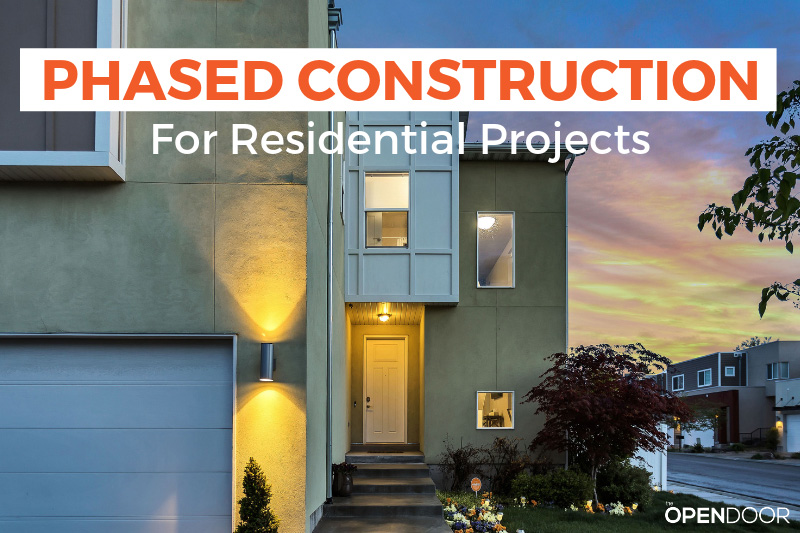
Are you phasing your home construction project?
We’d love to hear how you decided to divide up the work in the comments below.

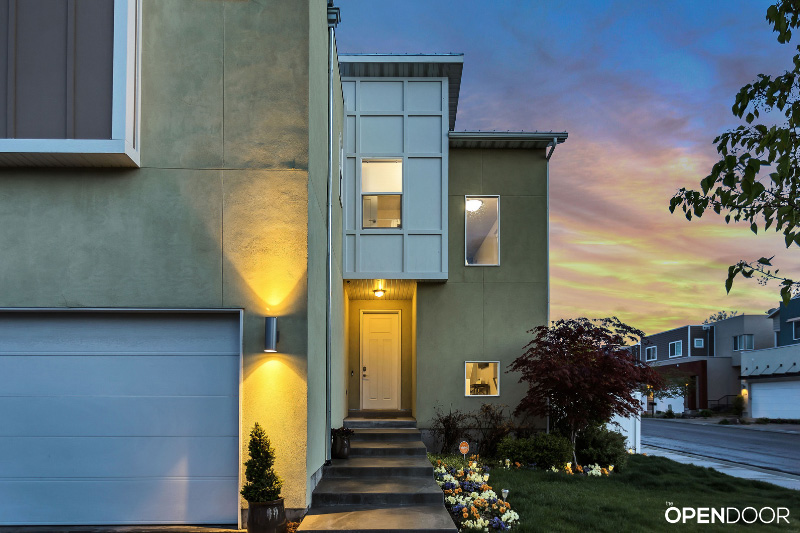


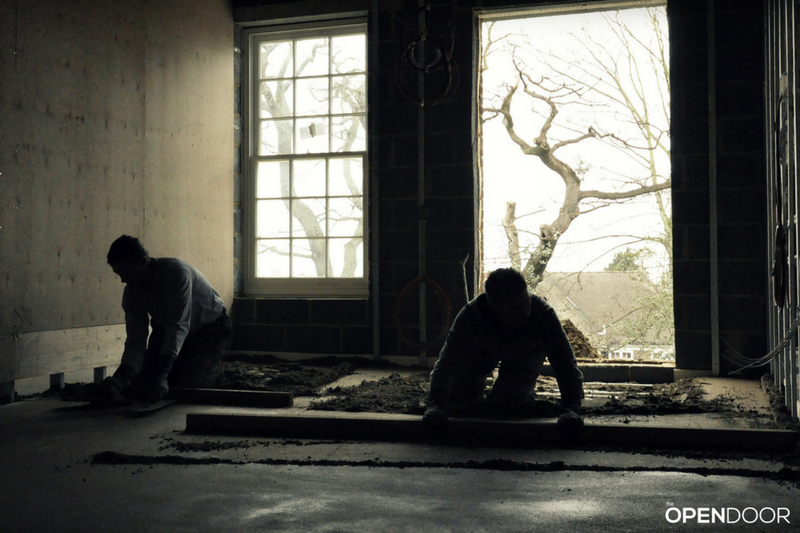
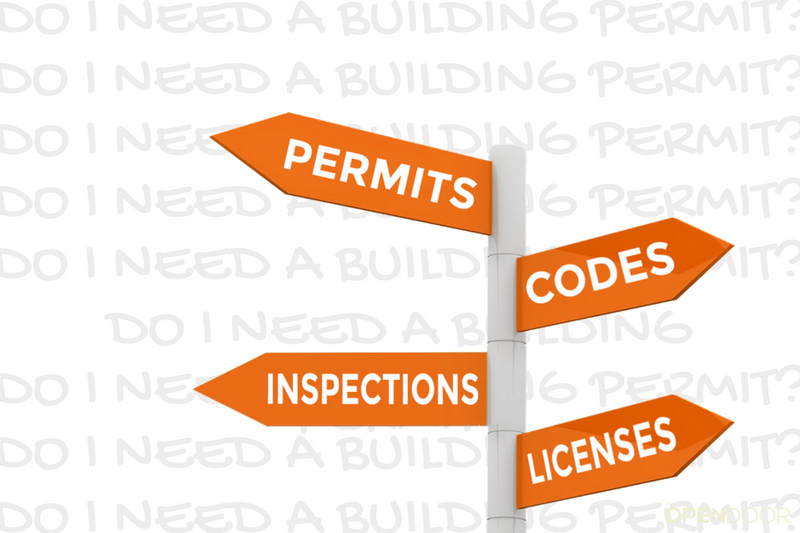
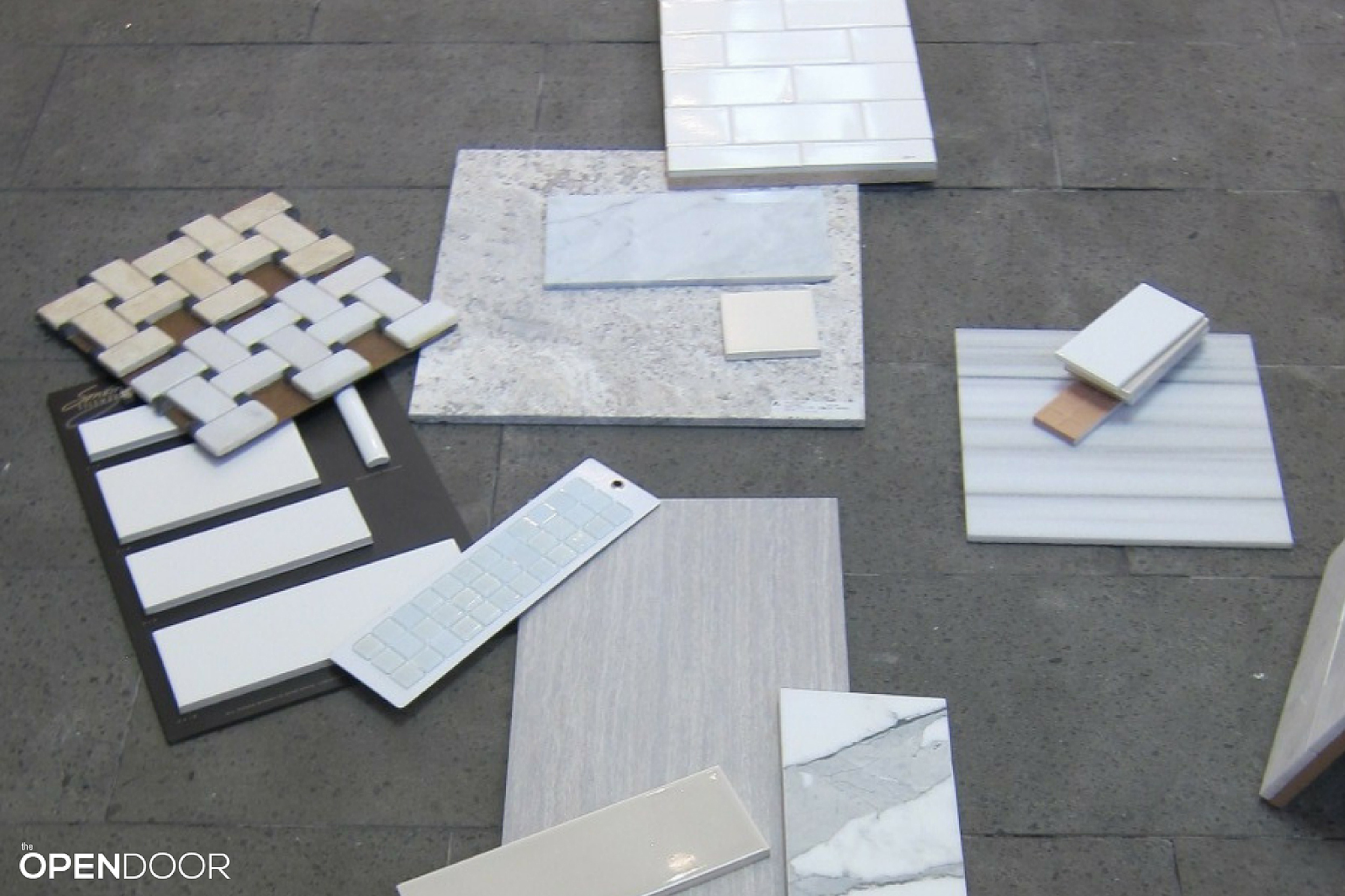
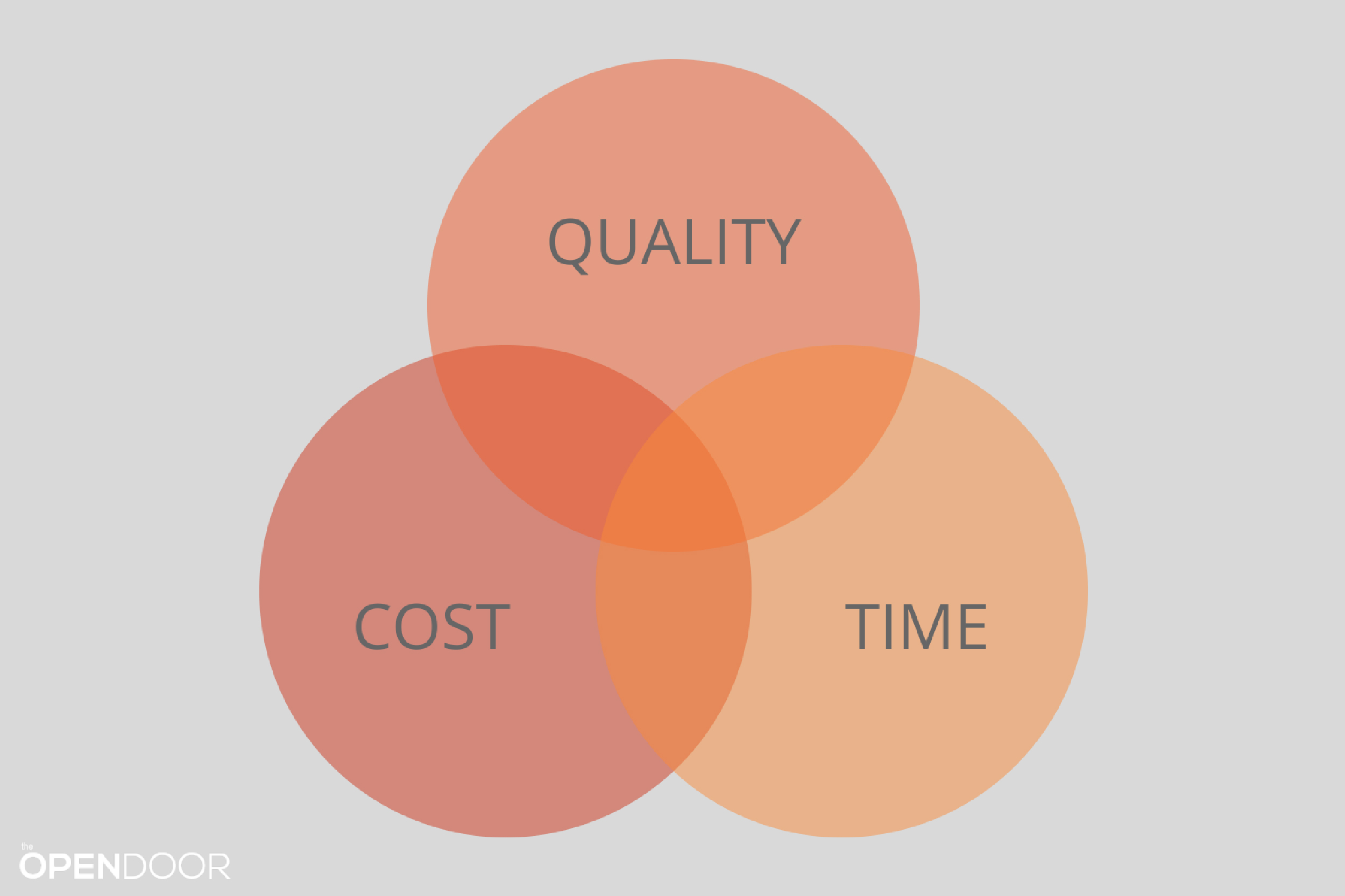
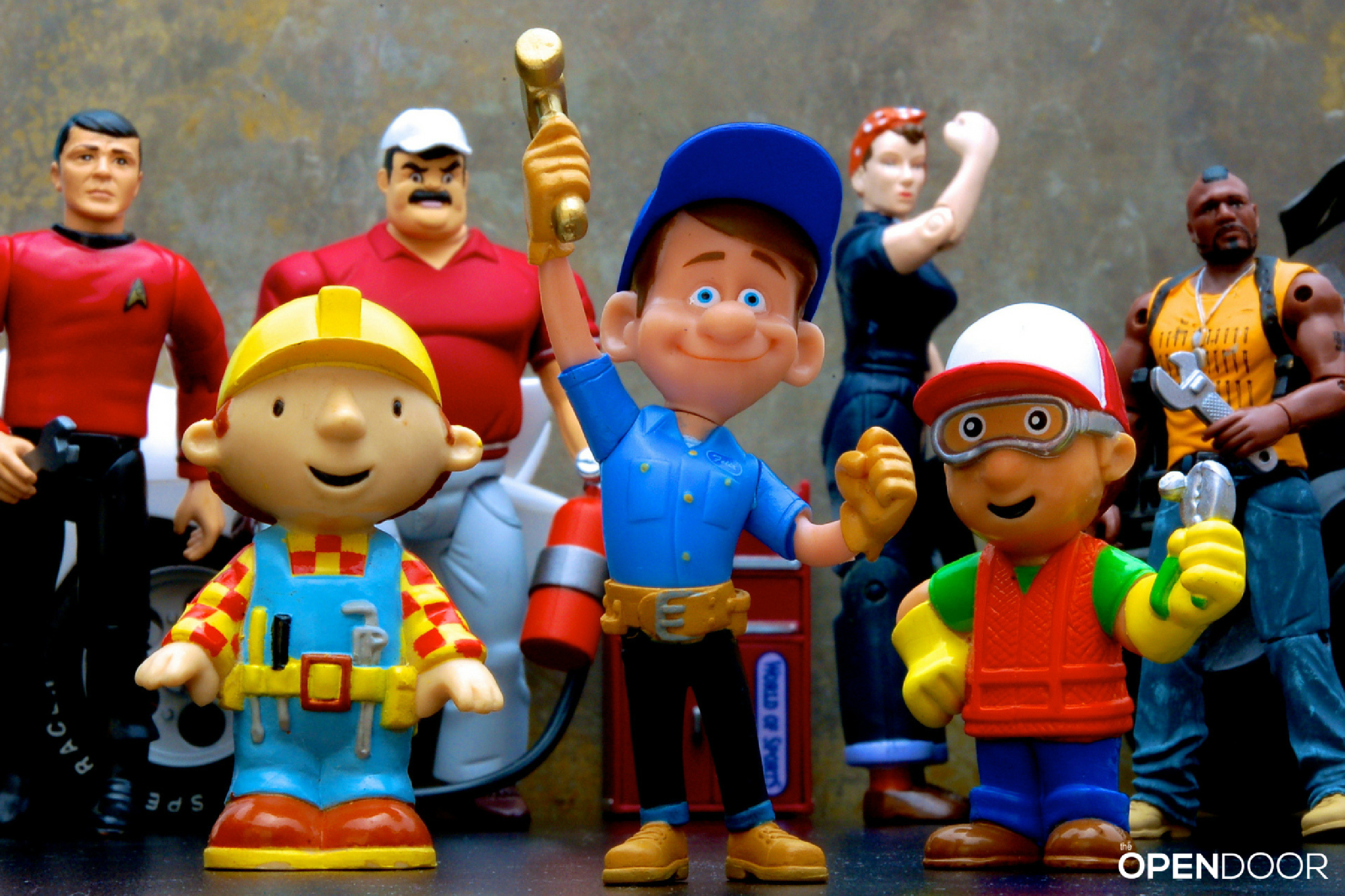

Thanks for the thoughtful post Yvonne. I’ve been thinking a lot about the high cost of houses and particularly new construction. How can a normal working person or couple afford their own home when sq ft custom costs are approaching and exceeding $300. Possibly a well designed and intentional phasing plan may be one way to get a foot in the open-door. Possibly a studio apartment over a garage first or maybe all the wet rooms and mechanicals tightly clustered in a large open area that will eventually become the bedroom wing.What do you think? Have you ever seen a new, whole house phasing done efficiently, sensibly and affordably?